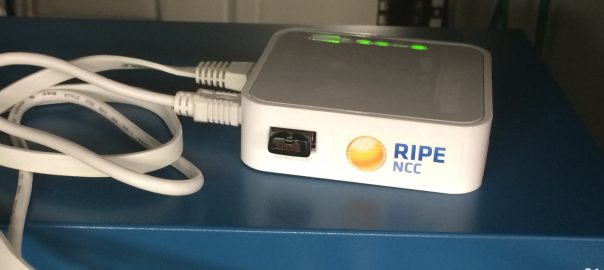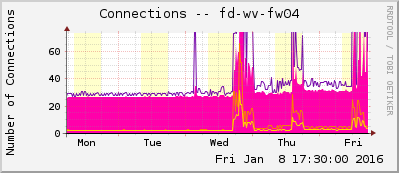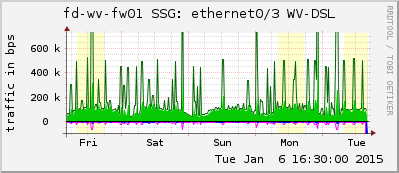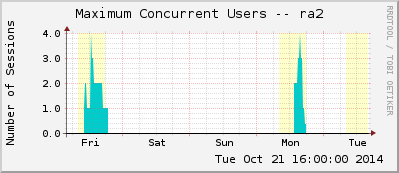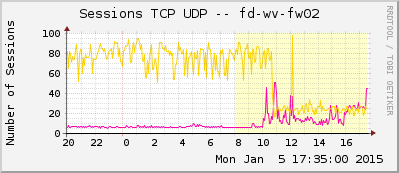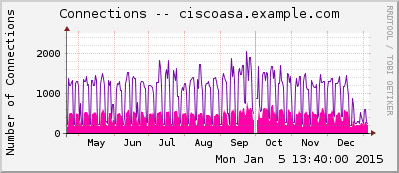If you are following the daily IT news you have probably seen many articles claiming they have scanned the whole Internet for this or that. Indeed there are tools such as the ZMap Project “that enable researchers to perform large-scale studies of the hosts and services that compose the public Internet”.
This time I was not interested in scanning something, but in the question about “how many scans happen during one day on my home ISP connection?” Or in other words: What is the Internet background noise as seen by almost any customer? For this I sacrificed my Internet connection at home for 24 hours, while a factory-resetted router established a fresh Internet connection (IPv6 & IPv4) without any end devices behind it. No outgoing connections that could confuse or trigger any scans. That is: All incoming connections are really unsolicited and part of some third-party port scans, worm activities, or whatever. Using a network TAP device I captured these 24 hours and analyzed them with Wireshark.
In this blogpost I will present some stats about these incoming port scans. Furthermore I am publishing the pcap file so you can have a look at it by yourself.






